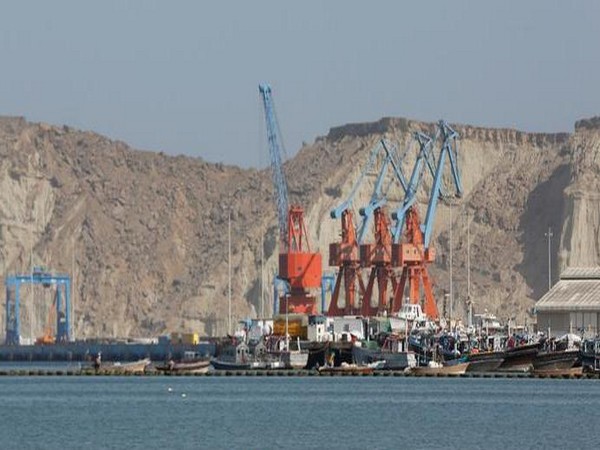Amid long delays in the completion of projects and building up arrears, the once much celebrated China-Pakistan Economic Corridor (CPEC) from China’s Xinjiang province, running up to Gwadar in Balochistan, is increasingly becoming dysfunctional leading to increasing frustration in both the countries, a media report said. The big projects under the project are having problems raising the required funds and the completed projects are being shut down, a media portal reported, adding that the government of Pakistan has now also abolished the CPEC authority, which was set up for smooth and rapid development.
Beijing is reluctant to release the pledged funds for infrastructure projects. Meanwhile, Chinese companies have also stopped generating electricity in CPEC projects demanding payment of arrears. High-interest rates on CPEC loans, rising project costs, weak projects, and attacks on CPEC infrastructure are major issues in what has become a white elephant dream. The CPEC was launched as part of the bigger Belt and Road Initiative (BRI), introduced by Chinese President Xi Jinping in 2013 drawing worldwide attention. But things did not go as planned, and as Pakistan’s economic situation deteriorated, the country was pushed into debt.
Seeing that many of the USD 62 billion CPEC mega projects have not even started after all these years. This has led to growing frustration in Pakistan with the Federal Minister for Planning and Development Ahsan Iqbal recently expressing dissatisfaction over the slow progress of important projects. Many Pakistani politicians and experts were concerned about its potential, as the CPEC projects and its tough loan terms were a matter of concern since the beginning, the report said.
Pakistan has also been considering abandoning the CPEC altogether if the US provides similar financial assistance. The energy crisis has given Islamabad a strong reason to cut the size of the CPEC, as Chinese companies have decided to cut off power generation. The shortage was more than 6,000 MW when 15,500 MW of energy was produced, the report said. Chinese companies have decided to cut power generation by 1980 MW.
Due to the non-payment of PKR 300 billion, the installed capacity has increased by only 37 percent and a new wave of power crisis has emerged in Pakistan. Islamabad’s response to the removal of the CPEC has given a clear signal that it does not want China’s influence in Pakistan to continue, the report said, adding that, Pakistan has spent a large portion of its revenue on repaying loans for the CPEC project. However, many CPEC projects have been delayed or failed.
China has stopped paying for the final stages of major projects putting even more pressure on Pakistan, and a new wave of energy crisis has gripped Pakistan as Chinese companies will not generate electricity until their payments are made, the report said. Thus, there is no doubt that CPEC would be a huge responsibility and a source of huge costs for Pakistan if Pakistan delays in paying Chinese companies, the report further said, adding, that Pakistan’s current account deficit has already reached USD13.2 billion and is expected to be 5-6 percent of the country’s GDP in the first nine months of the current fiscal year. Every average Pakistani believed that CPEC would bring development and prosperity, the report said, adding that, however, the rift between Islamabad and Beijing in the CPEC is widening every day.

